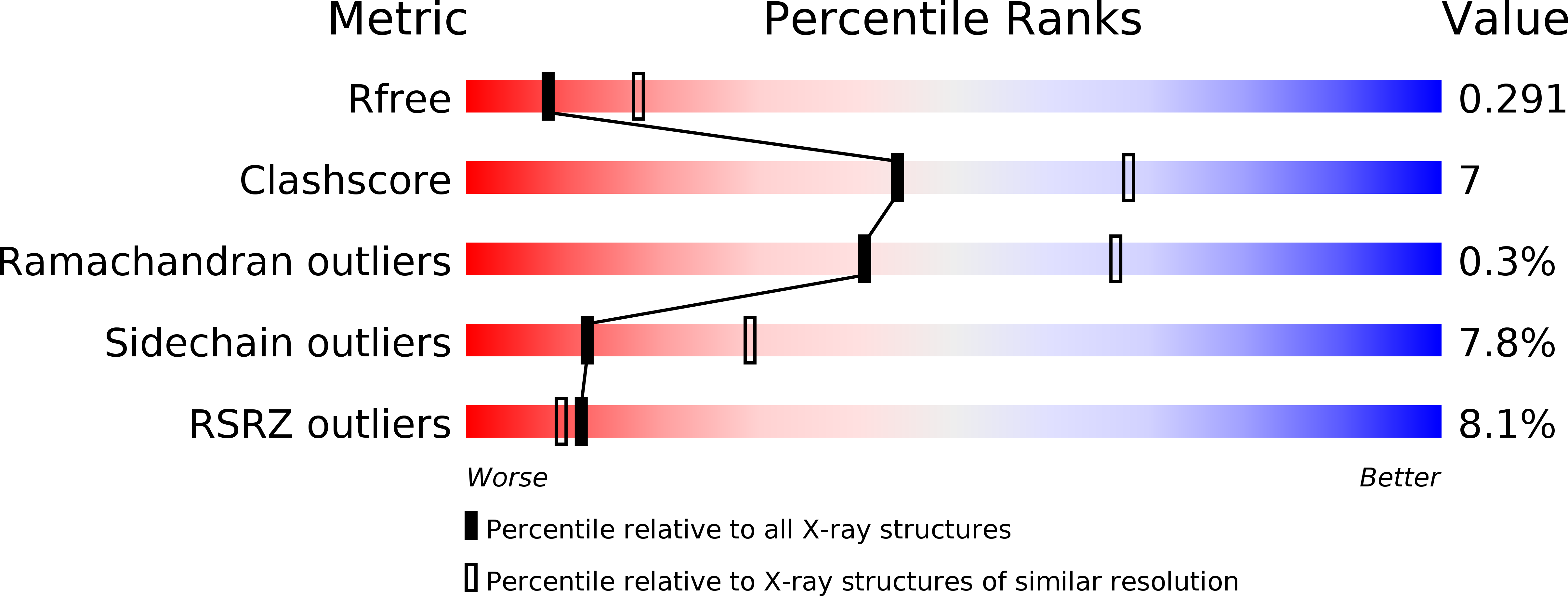
Deposition Date
2006-10-10
Release Date
2007-02-27
Last Version Date
2023-10-25
Entry Detail
PDB ID:
2IO5
Keywords:
Title:
Crystal structure of the CIA- histone H3-H4 complex
Biological Source:
Source Organism:
Homo sapiens (Taxon ID: 9606)
Xenopus laevis (Taxon ID: 8355)
Xenopus laevis (Taxon ID: 8355)
Host Organism:
Method Details:
Experimental Method:
Resolution:
2.70 Å
R-Value Free:
0.29
R-Value Work:
0.23
R-Value Observed:
0.24
Space Group:
C 2 2 21


